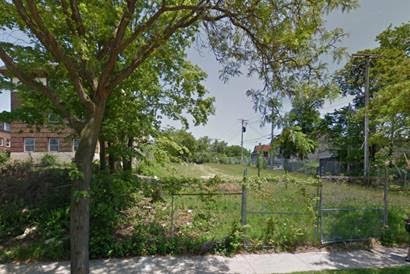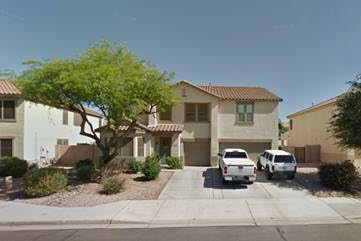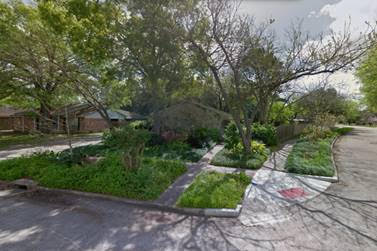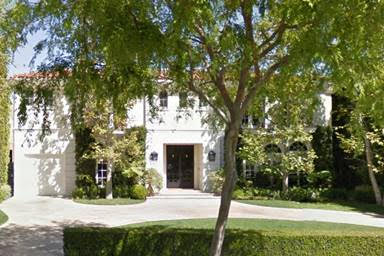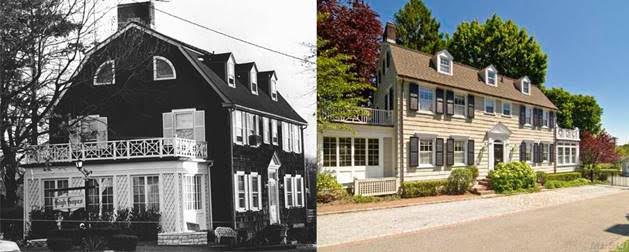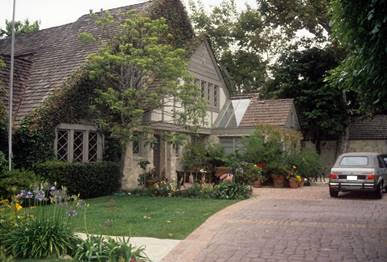By Yuqing Pan
Forgive our morbid curiosity, but we couldn’t help wonder: What effect does a gruesome and terrible crime such as murder have on a property’s longtime value? Is a home forever tarnished? Or can the stigma be cleaned away, especially in less notorious cases?
To find out, we turned to DiedInHouse.com, a website that informs users whether a death occurred in a particular property. While some states have requirements for disclosing deaths on the property (in California, sellers must notify buyers if the death occurred within the past three years), others do not.
Here's a look at some of the most infamous murder sites in the country:
Empty site of Jeffrey Dahmer’s former apartment in Milwaukee, Wis.
This weed-choked, vacant lot used to be the site of an apartment complex where cannibal killer Jeffrey Dahmer resided until his arrest in 1991. Dahmer was sentenced to life in prison for killing 17 boys and young men, many of whose remains he had stored in his apartment. The entire structure was demolished the following year.
But as we’ve noted above, homes that bore witness to butchery and were not torn down generally endured a steep loss of value. The more tabloid-notorious the crime, the worse the drop.
Travis Alexander’s former house in Mesa, Ariz.
In June 2008, Travis Alexander was shot and stabbed nearly 30 times by his ex-girlfriend Jodi Arias in his Mesa, Ariz. home, which he’d bought for $249,920 four years before. The crime and its aftermath became nightly TV fodder for Nancy Grace, among others. Almost a year after the murder, the property was listed for $225,420 and sold for $206,000 after three months on the market.
Andrea Yates’ former house in Houston, Texas
In 2001, Andrea Yates drowned her five children—including her 6-month-old daughter—in a bathtub in her Houston home. She confessed to the crime, but was found not guilty by reason of insanity. The property, which her husband, Russell Yates, had bought two years before the tragedy, was sold in 2004 for an amount that was not disclosed on public record, although AOL Real Estate reported the sale price as $87,000. The property is currently valued at $158,926.
Former Menendez estate in Beverly Hills, Calif.
In 1993, the country was riveted by the trial of Erik and Lyle Menendez, who were accused of murdering their parents—Jose and Mary “Kitty” Menendez—in their Beverly Hills home in 1989.
The posh Elm Drive house, which the Menendez family had bought for $4 million one year before, has been sold twice since the murders—both times for an undisclosed amount—first to mystery TV writer William Link and then to a telecommunications executive named Sam Delug. In 2002, major renovations occurred at the home, but the exterior looks generally the same. The home is currently valued at $2.7 million.
The “Amityville Horror” house
The legend/myth that led to the horror flick “The Amityville Horror” saw its genesis on a bloody night in 1974 when Ronald DeFeo Jr. shot and killed six of his family members. After the murders, George and Kathy Lutz moved into the house but left after 28 days, claiming to have been terrorized by paranormal phenomena. Jay Anson then wrote a best-seller about their experience, “The Amityville Horror: A True Story.”
Newsday reported that the next owner changed the address and renovated the house, removing the famous quarter-round windows. After living there for a decade—haunting-free—he sold it in 1987 to a couple who also stayed for 10 years, then sold it for $310,000. Most recently, the house was on the market in 2010, asking for $1.15 million. Eventually, it sold for $995,000.
So clearly if enough time passes, the demands of the local real estate market outweigh a home’s dark history. We’ve seen this to a greater extent with this home that bore witness to one of the famous Boston Strangler killings:
Possible Boston Strangler homicide in Belmont, Mass.
In 1963, Bessie Goldberg was found strangled to death on the living room floor of this home, a murder that may have been the work of the Boston Strangler. But in today’s market, the three-bedroom, two-bathroom home 20 minutes from downtown Boston is a hot property. When it was listed last year at $699,000, the open house drew so many people, the police had to shut it down. It sold in May for $750,000—but recently it came back on the market at $1.6 million.
O.J. Simpson’s estate before its demolition
And what about the one-time home base of the protagonist (or is it antagonist?) of “The People v. O.J. Simpson”? After being ordered by a civil court to pay $33.5 million in punitive and compensatory damages in 1997, the ex-running back defaulted on the mortgage for his own home in Brentwood. Simpson had bought the 6,200-square-foot mansion with waterfalls, tennis court and guest quarters in 1979 for $650,000, according to CNN.
Hawthorne Savings bought the property for $2.6 million at the July 1997 auction, and later sold it for about $3.95 million. The new owner had the place demolished.
Source: realtor.com


